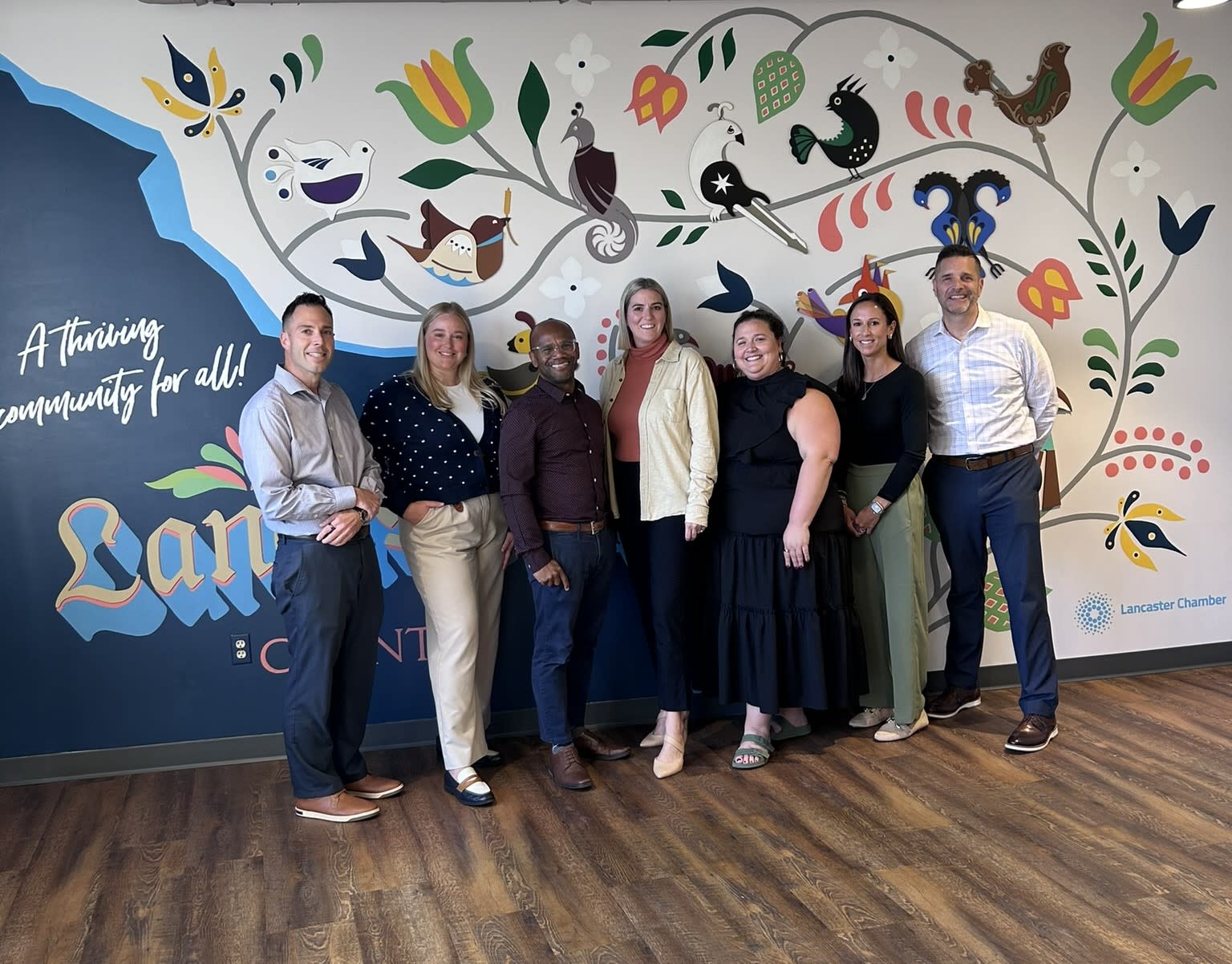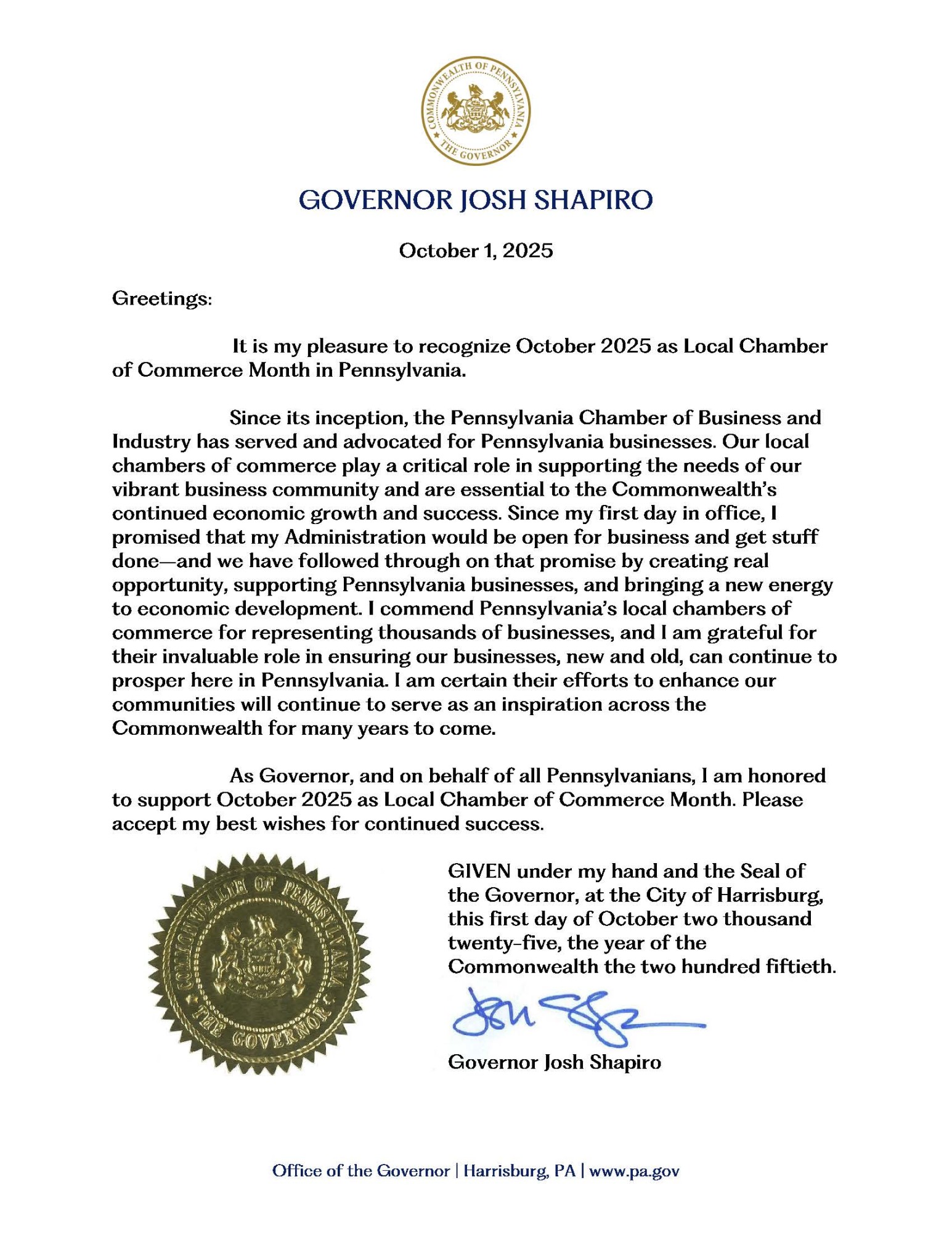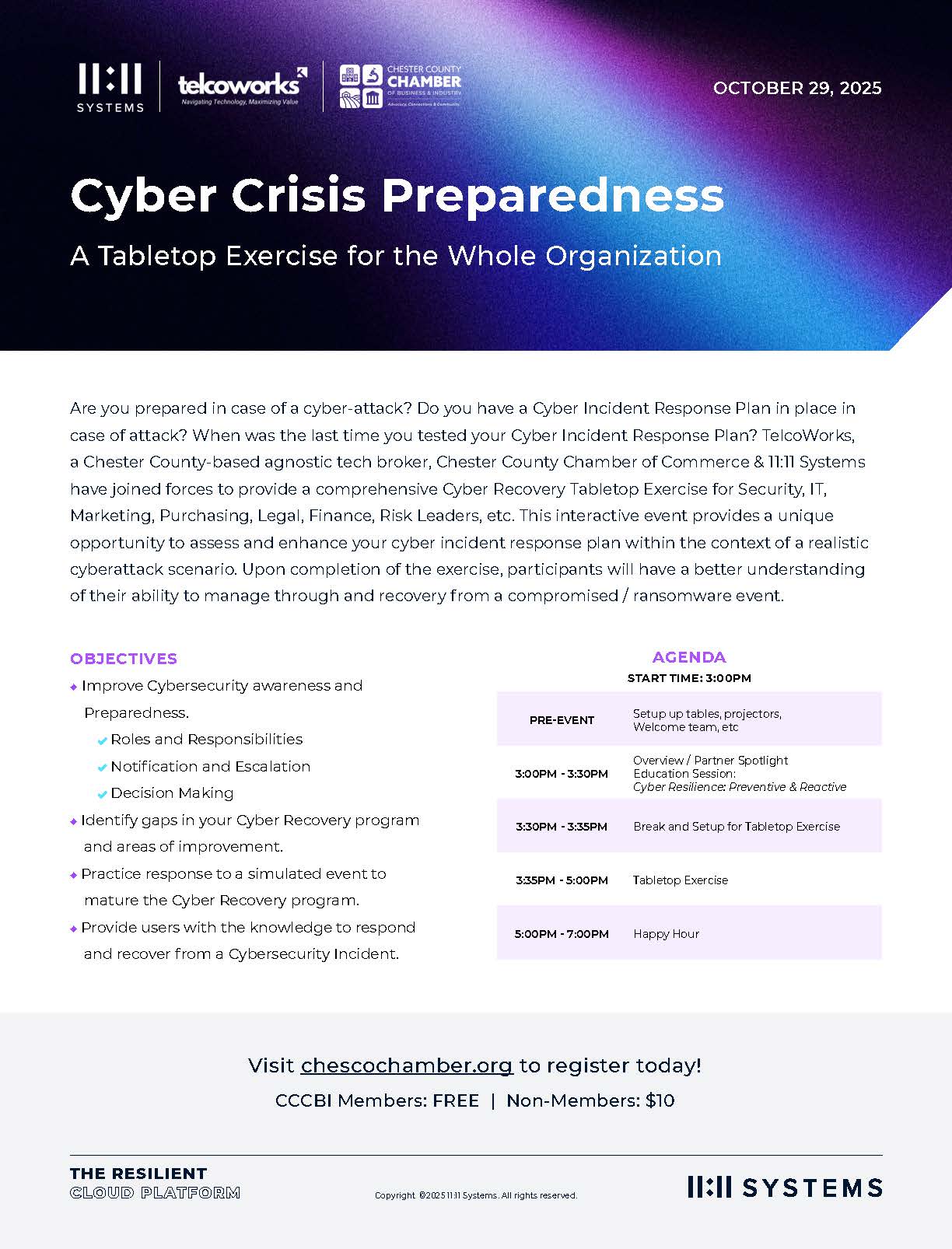The H-1B program was established in 1990, enabling U.S. employers to hire foreign professionals, primarily in the STEM fields, in specialized positions (such as scientists, engineers, software developers, and medical professionals) that require a minimum of a bachelor's degree. The program has been essential for industries that have struggled to fill highly skilled positions. Annually, Congress caps the number of new H-1B visas at 65,000, with 20,000 positions reserved for applicants who hold advanced degrees from U.S. institutions. However, on September 19, 2025, the Trump administration announced a $100,000 fee for each new petition, a significant increase from the previous range of $2,000 to $ 5,000 for fees.
Large American tech companies, such as Amazon, Google, and Meta, among many others, have sponsored thousands of H-1B workers annually and could face a significant loss of talent and inexpensive labor. These firms have argued that these visas are critical for recruiting talent in artificial intelligence, cloud computing, cybersecurity, and other high-growth sectors. The H-1B announcement could lead to a significant loss of talent and innovation, potentially causing the US to lose its tech leadership. Simultaneously, Canada and the EU are eager to attract these skilled workers, who will be displaced from the U.S. market. The sudden $100,000 fee per hire adds millions in costs, reshaping the U.S. workforce and encouraging offshoring.
For small businesses, the burden is greater. Mid-sized firms may only be able to afford to hire one or two H-1B professionals. Large corporations can absorb the costs, but small businesses risk being priced out of the market. Small manufacturing firms, such as hospitals in rural communities and small start-ups relying on H-1B talent to fill skilled gaps, risk an innovation slowdown as they cannot afford the global expertise that drives business advancement and growth.
The new proclamation also signaled more rigid prevailing wage rules that favor higher-paid jobs and Project Firewall, an enforcement measure aimed at auditing employees and penalizing those who abuse the system. While the aim is to attract Americans into the tech job sector, rather than relying on inexpensive global employment, this strategy seeks to bring jobs back to the United States. However, it increases compliance costs for employers and disproportionately impacts small businesses without in-house legal departments, who cannot afford the increased expenses for specialized talent.
The H-1B reflects the ideology of protecting the American workforce while staying competitive in the global market. For large businesses, the new costs necessitate a swift shift in traditional hiring practices. Still, they will continue to rely on international talent, as they may be able to justify and afford higher costs per global employee. For smaller and mid-sized companies, they may be shut out of the program entirely, further widening the gap between small and large businesses. The U.S. economy is now at risk of slower innovation, fewer startups, and lower global competitiveness if highly skilled workers are priced out of the equation. This potential for slower innovation and fewer startups should be a cause for urgency in addressing the H-1 B changes.
America's ability to continue thriving in the global economy may be challenged with a limited H-1B skilled workforce. A balance between immigration and these sourced workers may yet promote economic growth and further workforce development.




















